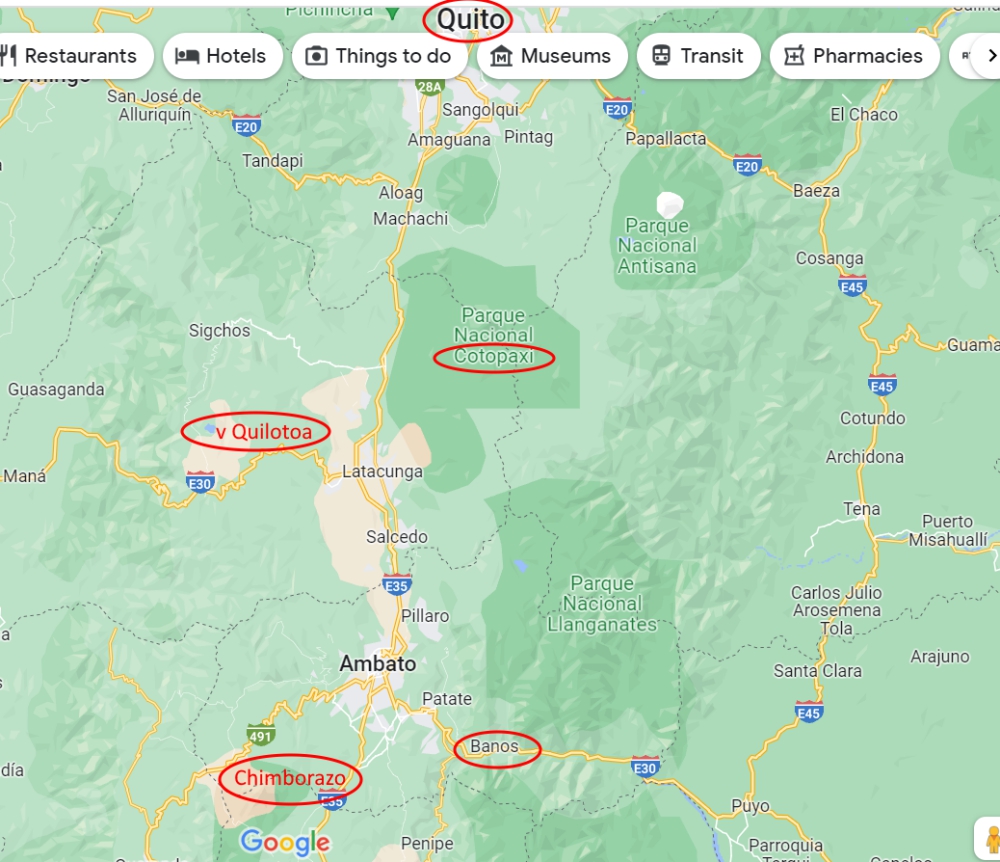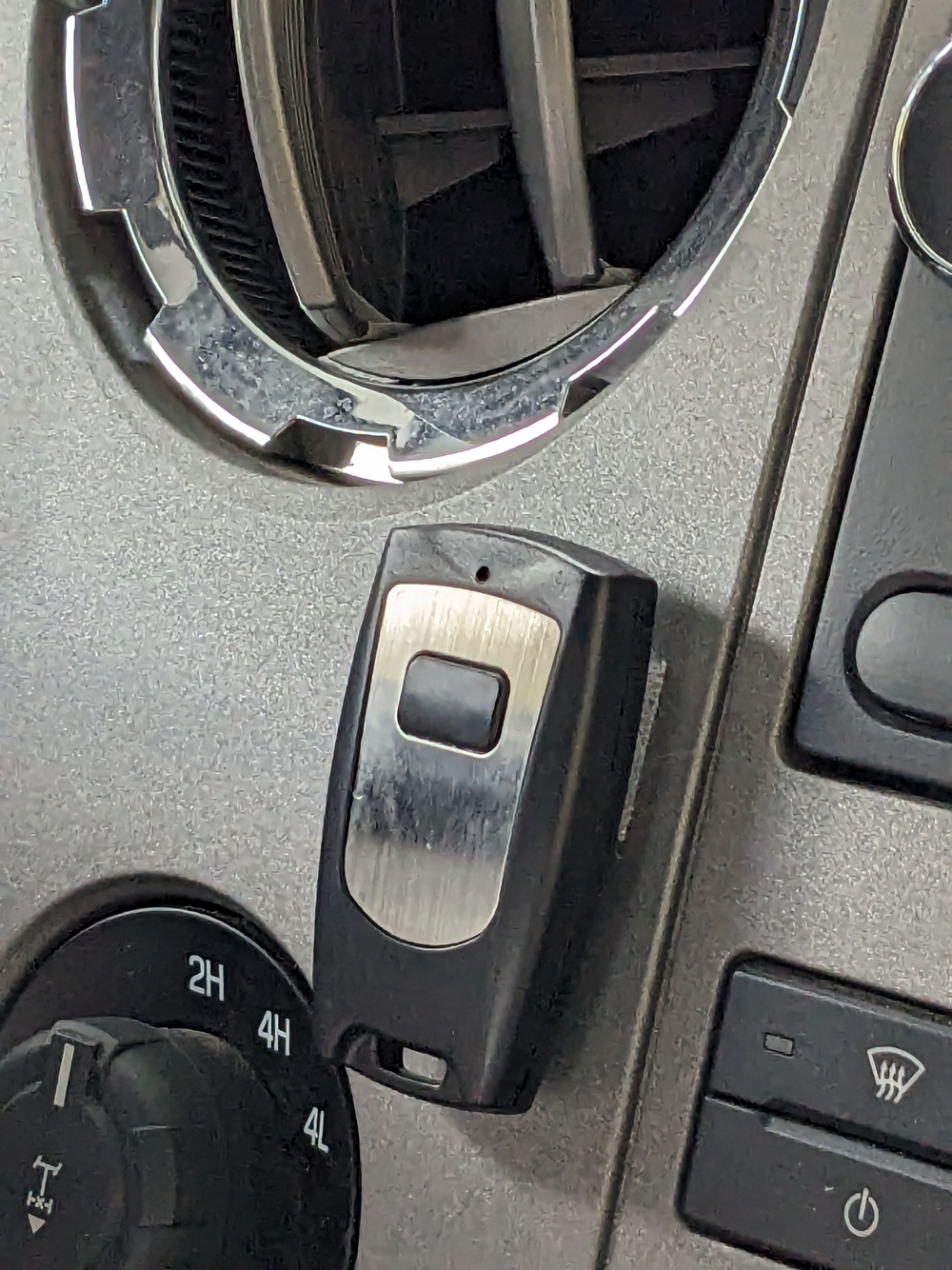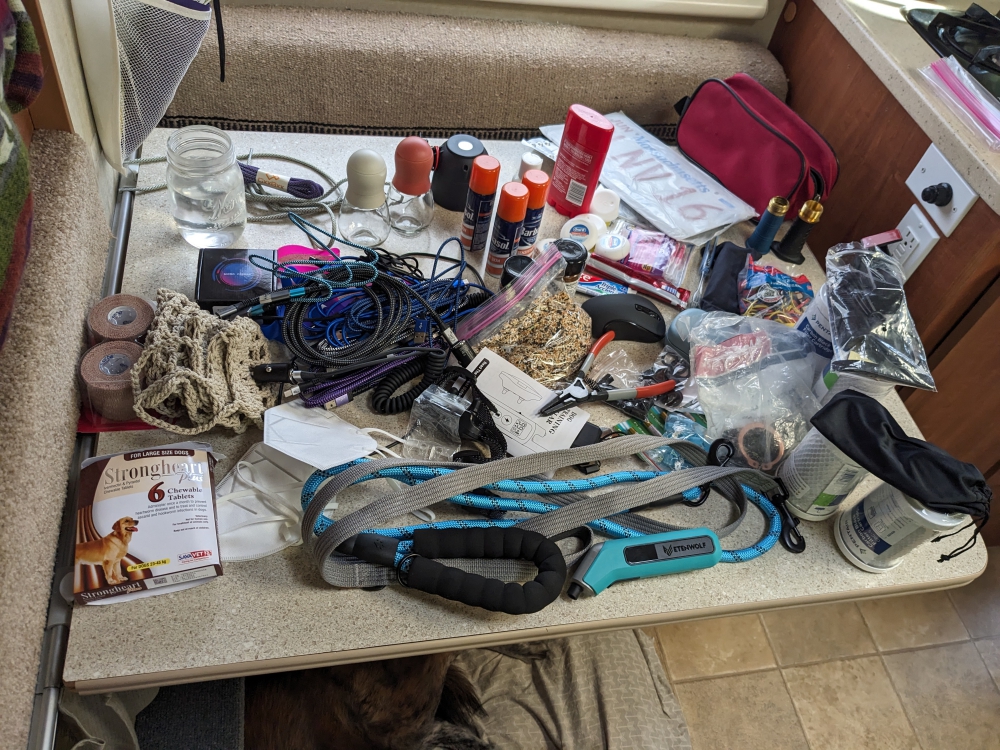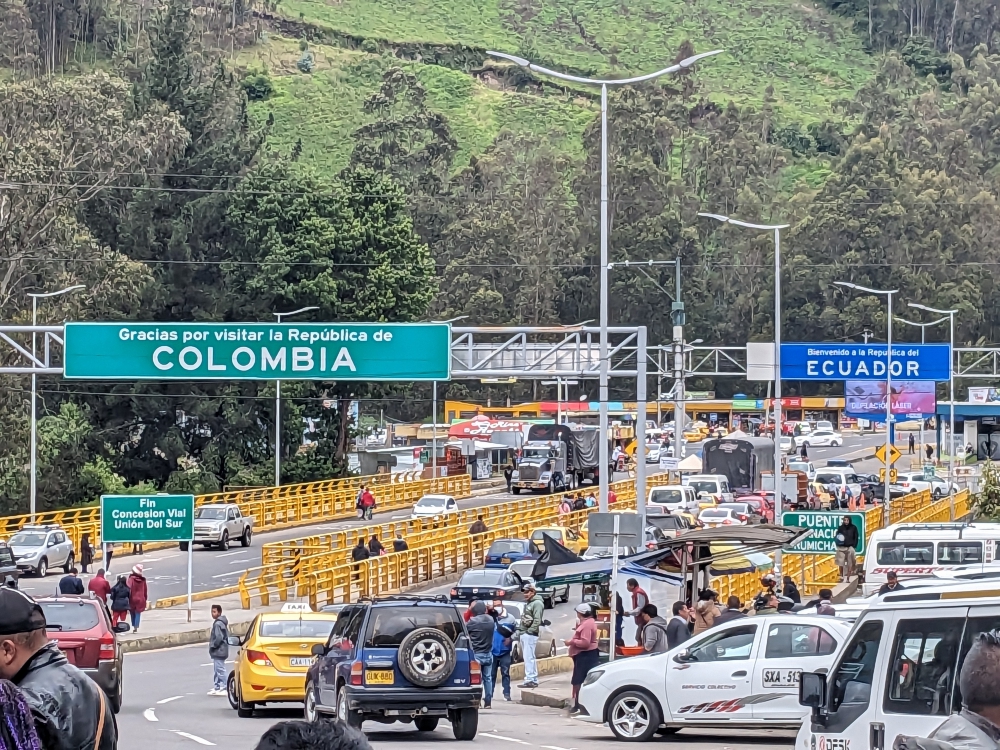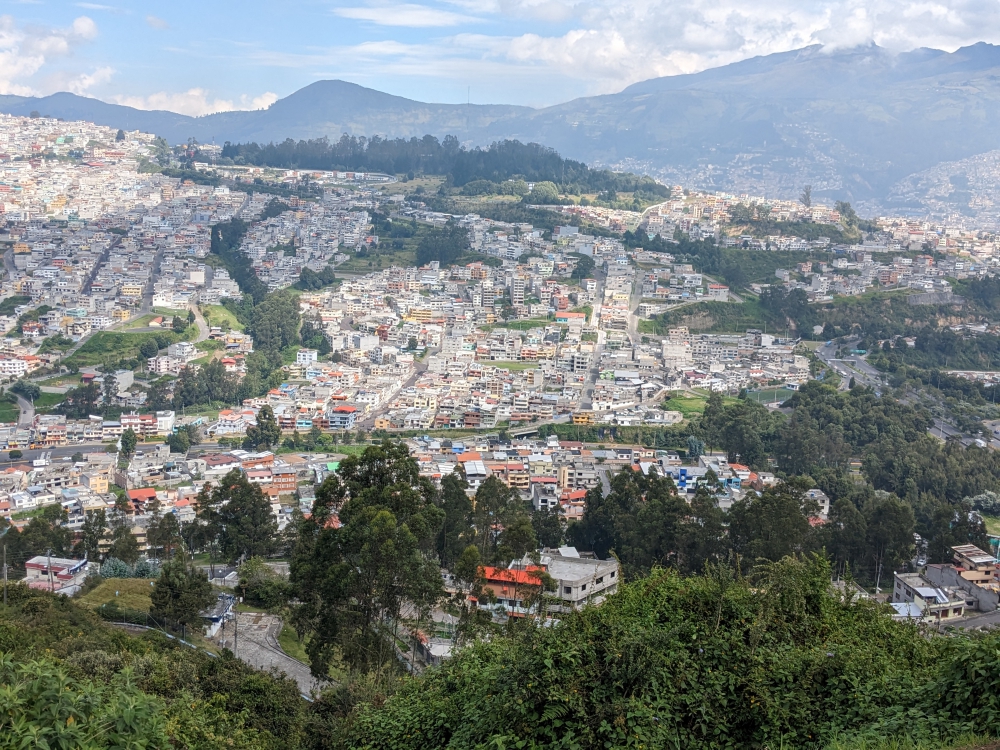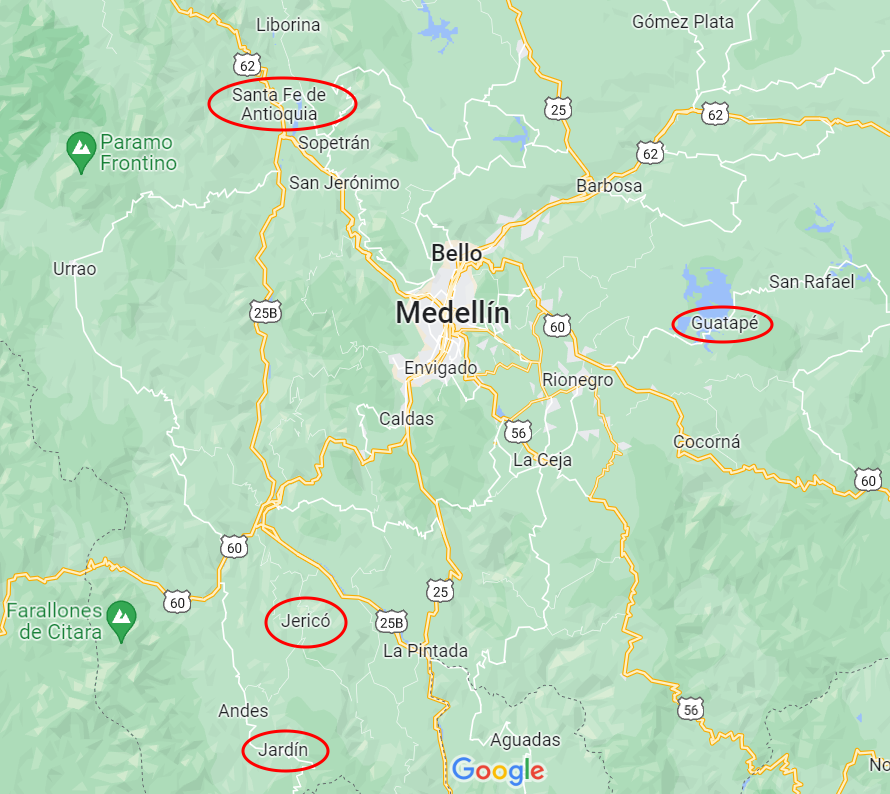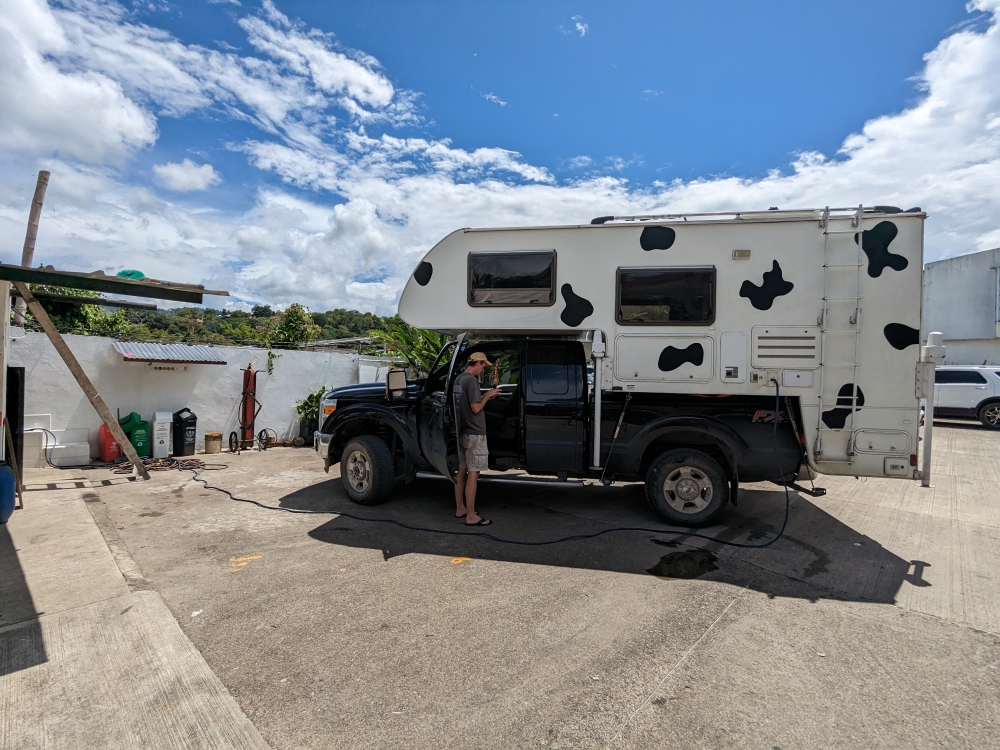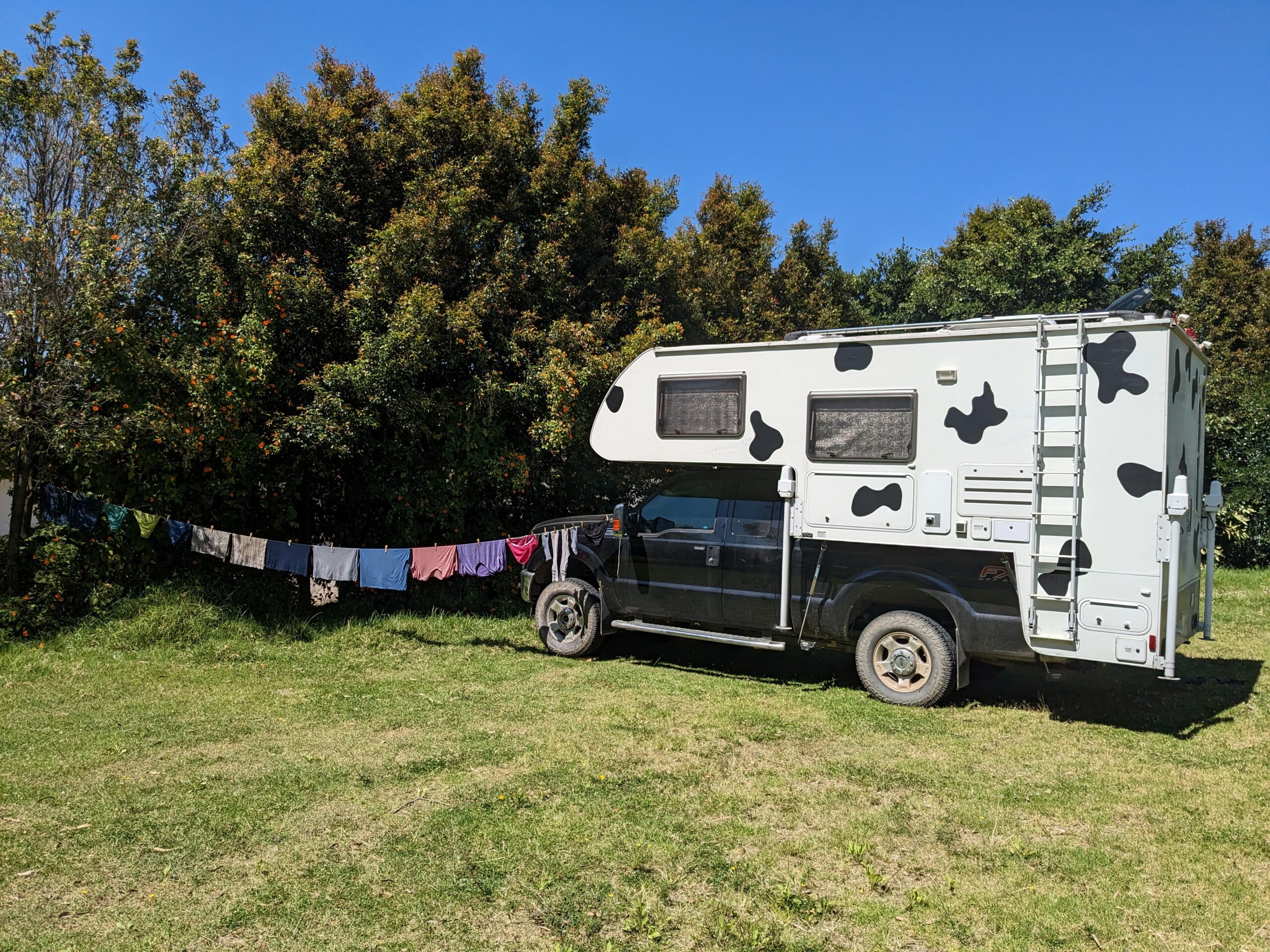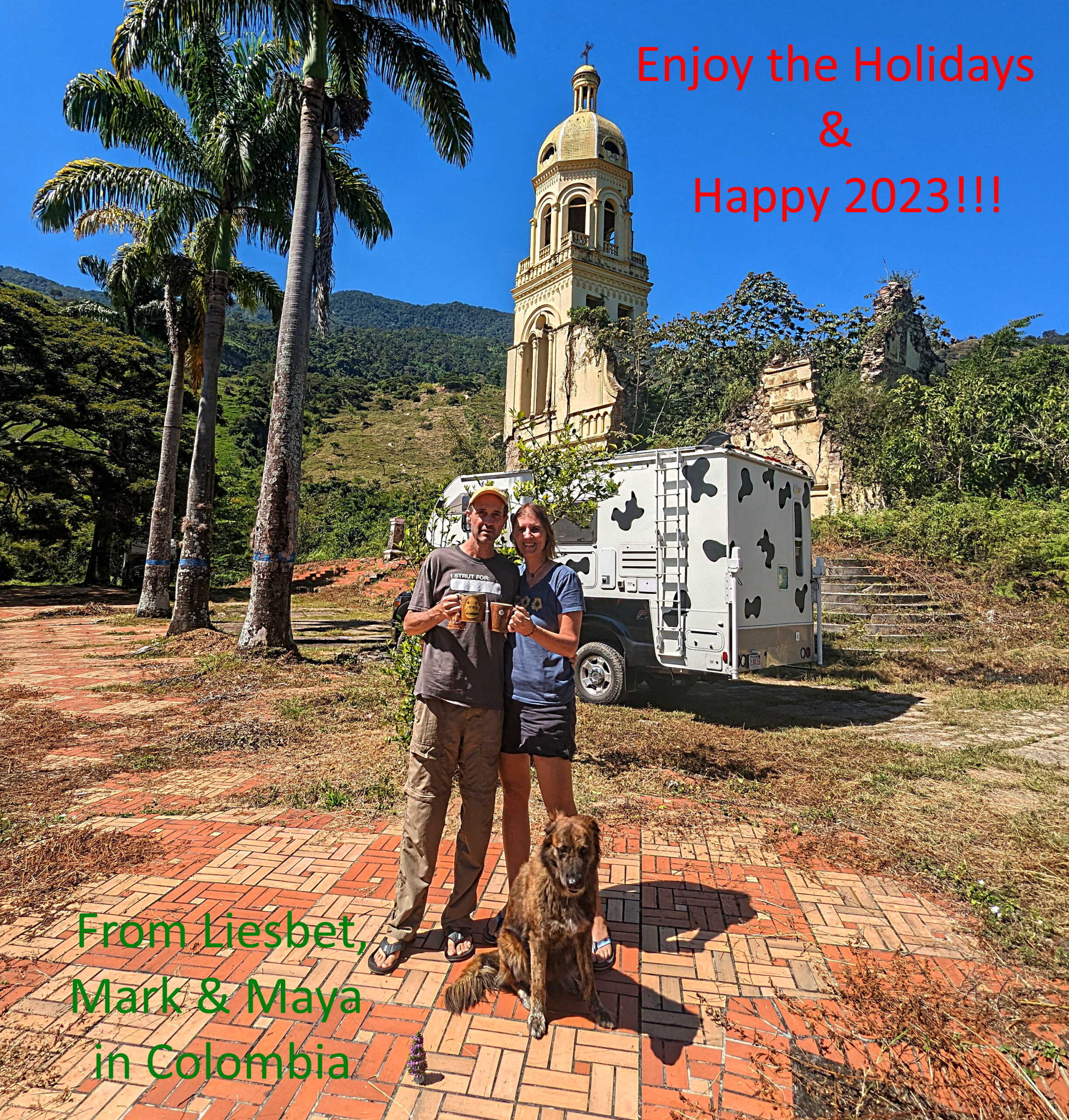
Every month, I post a report of our expenses to show that it is possible to live a comfortable, exciting, and adventurous life without breaking the bank. The less money you spend, the less you need to make. 🙂
This report includes ALL of our expenses, in US$, for two adults and one 60-pound dog (we adopted Maya on June 4th, 2019). Under groceries we incorporate food, produce, and non-alcoholic drinks predominantly bought in supermarkets. Toiletries belong in that category as well. Dining out means eating at a restaurant/event or purchasing take-out food. The health category covers non-prescription medicines and vitamins/supplements; medical contains prescription drugs and doctor’s visits. Because of our income level, Mark and I are eligible for free health care within the state of Massachusetts. For check-ups and extensive care, we return to the US East Coast.
In March, Mark, Maya, and I kept exploring Colombia in depth with our truck camper Thirsty Bella. We drove quite a bit, mainly covering the distance between the Medellin and Bogota areas. On top of filling our fuel tank a few times, we continuously paid for toll roads, which are expensive by local standards. In other countries, we avoid toll roads, but here this could mean we’d never reach our destination, turn a two-hour ride into an eight-hour one, or damage our rig.
(As always, hover over or click on photos in galleries to read their captions.)

On the road again

Driving through Jardin

We have encountered a lot of police checkpoints in Colombia, but have rarely been stopped

Busy dirt roads near a river crossing

Lots of rain causes landslides and construction work

It’s been raining on us every day for months in Colombia
The exchange rate between the US dollar and the Colombian peso is getting worse and prices are rising, like elsewhere in the world. Gasoline now costs almost $2.50 a gallon, which is 50 cents more than when we arrived five months ago. A long day on the road sets us back $20 in tolls, which is easily one or two meals out for both of us. Still, life is affordable here, which is one of the reasons why we love this country so much.

Driving through another town on the way to Cota

This toll road was actually worth its fee!

Driving through La Linea, the longest tunnel in the Americas

The first highway (paid) where we could actually drive the speed limit! No potholes!!

The weather and visibility deteriorated as we approached Cota after ten hours on the road
You might remember that we hit a nasty pothole on a highway a couple of months ago. It damaged our camper, which we fixed in Medellin the previous month. But, in Bogota, we discovered that, besides a serious dent in our truck bed created by the impact of the front edge of the camper hitting the metal, the top layer of the bed had come lose from the bed frame (and even warped part of it underneath). A welder managed to spot weld the top pieces back together.

Home for a week in Cota – nothing glamorous (or quiet)!

Back from the carwash, but the weather wasn’t ideal
When the truck (Thirsty) and camper (Bella) were separated to allow work on both, Mark took Thirsty to a carwash as well ($4) and bought a safety kit (fire extinguisher, safety triangle, vest …), which is required gear in several of the South American countries. I never got to take a photo of the sparkly truck as Mark and our friend Juan took it offroading in the mud soon after.

The living room of a family in Jardin, that’s turned into a restaurant

The day menu – soup, rice, plantain, a salad, beef, a piece of arepa, and a juice – for $3

A birthday appetizer at Cafe Jardin de Jardin

This coffee shop, Jardin de Jardin, is cute, friendly, and affordable

Birthday dinner out at Bon Appetit in Jardin
Our grocery amount was average (for here), but our dining out expense proved very high. We splurged in the cute towns of Jardin and Filandia, went out for a nice meal on Mark’s birthday, and treated our friends Juan and Lali to a couple of dinners as a thank you for their help and hospitality. On the flipside, a new acquaintance took us – and his paragliding friends – out for a meal and Lali prepared a traditional “Colombian chocolate” for us, which involved soaking cheese in the sweet liquid! This month, we are reigning in our eating (and drinking) out escapades.

Burger dinner out with new friends in Jerico

Lali and Juan invited us over for a traditional chocolate meal

Japanese dinner out to treat our new friends
The main reason we spent a week in the town of Cota, outside of Bogota, was to visit Juan and Lali from Overland Sally and to build a wooden frame to raise our camper. Recently, maybe because of the dent in the bed of our truck, the front edge of the camper and the roof of the truck cab collided frequently. Bang. Bang. Bang. Not ideal and the sound got annoying on bumpy roads, of which there are many.
Granted, the distance between both parts was a bit tight at half an inch (1cm), but thus far, it hadn’t been a problem; we tried to have an as small as possible footprint with this camper – height- and lengthwise. While small for American norms, we are still (too) big for Colombian towns and roads. Nevertheless, we needed more distance between the camper and the cab, so had to build a platform. Juan was the perfect partner for the job and we strongly recommend his services.

Juan and Mark built a frame for Bella

The platform is finished! Just the non-stick horse stall mat has to go on top

The entire contraption, right before loading the camper back on
Instead of two thick sheets of plywood, we opted to create a structure with wooden planks and a thin sheet of plywood on top to save money and weight. It was still expensive and heavy, though, as we picked high-quality wood and even crappy plywood is pricey. Our rig sits 1 ¼” (3cm) higher now, which affects us when entering our home via the (raised) steps. But the frame shouldn’t break, the camper shouldn’t hit the cab anymore, and the new contraption doesn’t budge.

Waiting for the view – and valley – to clear, which usually happens in the afternoons.

Getting ready for the jump and flight

Ready for a new adventure
For my birthday in November, I requested an exciting activity. It wasn’t until last month that I found it: paragliding with Nube Extrema in Jerico for 230,000 pesos (US$50). This was a first for me and I was happy with the location, once the fog and clouds cleared. While the experience was peaceful and special (not scary at all), my motion sickness acted up, in the air and on the fast, bouncy, windy 40-minute drive back up the mountain, despite sitting in front. I also bought a leather purse for myself and a postponed gift, a screw organizer box, for Mark’s birthday.

Liesbet paragliding with Nube Extreme

Liesbet and Juan Carlos in the air

Many purses to choose from, but I went with something simple and practical

Having a chat with the iconic Oscar, owner of this bar, while wearing my new purse
The alcohol and drinking out numbers aren’t crazy and also include treating our Colombian friends. Nevertheless, we will try to do better with these categories in April. We are spending too much. Mark had a chipped tooth (and a cavity) taken care of in Cota as well. We had a productive week there.

Cute and cheap bar on the outskirts of Jardin

Hot chocolate and coffee time on the square of Jardin, at the famous Cafe Macanas

The square in Filandia has little booths that sell juices, coffee, hot snacks, and desserts

Drinks out at a cool bar, La Cueva,, surrounded by rock

Having a drink at the eclectic bar of Oscar – he only opens during the weekends
While in North America we tried to stick to free activities, we are doing this South American trip only once, so are allowing ourselves paid entertainment. In March, we visited a bird sanctuary, natural hot springs and wax palm strands on private properties, and we took a funicular up a mountain (Cerro Monserrate) in Bogota. We had hoped to take a ride up and walk down, but dogs are not allowed on the path and stairs.

The cock-of-the-rock or Gallito de las rocas bird

Natural hot springs near Volcano Nevado del Ruiz

Termales El Sifon

Valle del Cocora, a highlight for many tourists to Colombia

Hike through the lush valley

Waterfall along the 6-mile trail

We had to cross many foot bridges in the jungle

I had the last spot – standing room – in the funicular and Mark the first one at the top, with Maya, next to the conductor

View over Bogota, a city of 11.5 million people!
We bought another monthly Claro data plan for $22, which gives us 80GB of data (currently with a promotion of another 80GB, so 160GB in total, which we could never use up) and filled our 20-pound propane tank, which seems to last about two months and is used for heating and cooking. We managed to get potable water for free.

Parked for one night at the Nube Extrema paragliding station, where we filled with water as well

Filling Bella with potable water for the next ten days

Maya is helping with the water fill at Meraki
In mid-February, Maya lost a toe nail and we had a vet come check it out. Three weeks later, the claw wasn’t growing correctly around the flesh, so another vet visit was needed (with a small procedure and meds) and we had to start over, treating the wound and restricting long hikes. The end of March, we visited a third vet to get our girl another rabies shot for her upcoming entry into Ecuador, which requires this vaccination to be administered between 30 days and a year before arrival. The cost for this last vet consultation, the shot, and a pet passport was a mere $4!

Holding Maya for an unpleasant procedure at the vet

Our vet in Jardin getting ready to heal Maya

Getting weighed at yet another vet

After her shot, Maya gets a “pet passport” – for other paperwork, we’d have had to wait another day
We kept our stays in paid campgrounds and parking lots to a minimum – mostly because we have no use for the facilities – and spent $24 on accommodation for the entire month. We spent two nights in a parking lot of a restaurant (Meraki Salento) in return for ordering dinner and drinks. We filled our water tank here as well.

Home for ten (!) days in Jardin

Camped for a few nights at the lookout (mirador) in Jerico

Boondocked in nature at 13,000ft

Parked for a handful of nights in Filandia, another cute town

We stayed a couple of nights along this street in Salento – so much rain…

We parked an extra night at Meraki, since the rain kept pouring for 24 hours

A night at this parking lot in Valle del Cocora was pricey at $6 with no facilities

We had to stay – and pay for – an extra (second) night, because I couldn’t leave due to another killer migraine after our strenuous hike
While in Cota, we took Uber and InDrive taxis into Bogota and we reimbursed Juan for some of his fuel carting Mark around. All this was still more convenient, faster, and less stressful than taking our truck into the capital, like we did in Medellin. Our F350 truck, just by itself, is still a beast on the narrow roads of this country. Maya and I also took one tuk tuk ride when her toe nail was still healing.

Tuk tuks in Jerico

Taking a ride home with Maya

Maya sniffing the scene from a tuk tuk
Laundry was affordable last month, since I could drop a few loads off in Jardin for the price of self-service in the US and the owners of the parking lot in Cota were super helpful in letting me use their machine for two washing cycles. I should have taken a photo of the lines I strung and clothes I hung among the dozens of parked cars on the gravel lot!
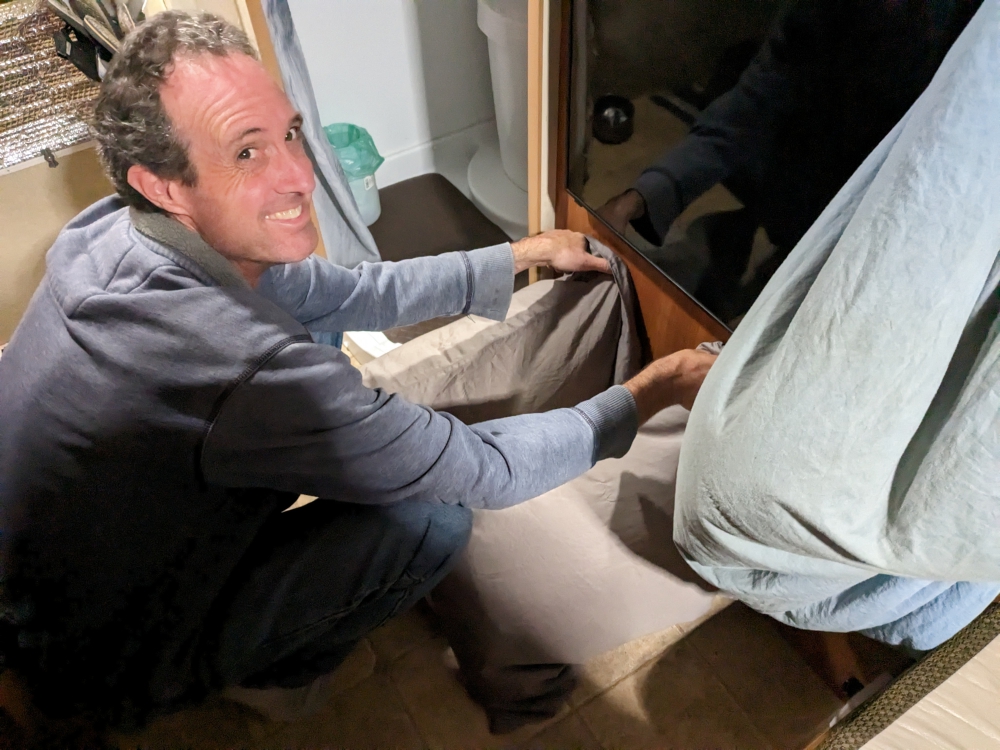
Because of the humidity and constant rain, our laundry didn’t dry in one day, so we turned the heater on and “hand dried” the wet pieces before bedtime
After laughing at tourists and locals alike – and motorcyclists – wearing “plastic bags” over their clothes and around their shoes when rain arrives, we gave in and bought a plastic poncho as well, mainly to protect our backpack during a walk in Valle del Cocora, where the chance of rain was 100%. I have to admit that it came in handy!

Mark, happy with his $1 poncho

Maya and a cousin on the Valle del Cocora hike
And that’s a wrap-up for our March expenses, which were much higher than we preferred (we have to do better) in a country like Colombia, but which are still under our average monthly amount of $1,300.

Volcano Nevado del Ruiz was only visible early mornings – it is currently expected to erupt!!!

Natural hot springs all to ourselves!

The pretty scenery of the Cocora Valley

The famous wax palms, Colombia’s national tree

We made it to Colombia’s capital!
